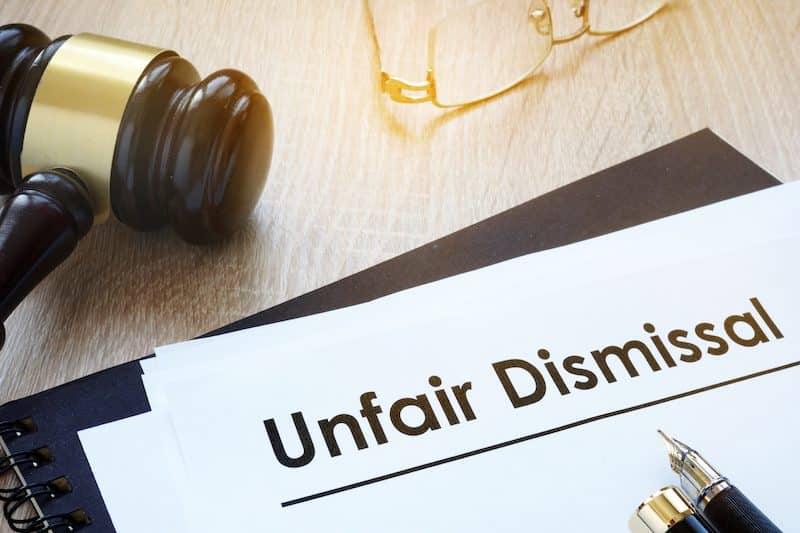Sections 100(1)(d) and (e) of the Employment Rights Act 1996 provide employees with protection from dismissal if they exercise their rights to leave the workplace or take other steps to protect themselves if they reasonably believe there is serious and imminent danger. There have been murmurings about employees using these provisions to justify refusing to work during the Covid-19 pandemic. Employers are nervous – if the mere existence of the virus creates a serious and imminent danger, regardless of safety measures taken, what is to stop all and any employees refusing to work? An employment tribunal has now handed down a judgment on this topic in Rodgers v Leeds Laser Cutting, giving insight into how these claims will be dealt with.
The employee had less than two years’ service as a laser operator. He was one of around five employees who worked at any one time in a large warehouse-type building. A colleague developed Covid-19 symptoms and went off work. The employee developed a cough and decided to self-isolate. At this point, the employer had already put some measures in place including social distancing, extra cleaning and staggered breaks. They reiterated government advice to staff. On 29 March 2020, the employee sent a text message to his manager that he would not be coming to work until lockdown eased because he was worried about bringing the virus home to his vulnerable child who had sickle cell anaemia. He was dismissed a month later. The employee didn’t have enough service to bring an ordinary unfair dismissal claim so he brought claims for automatic unfair dismissal under s100(d) and (e) Employment Rights Act which don’t require two years’ service.
The employment tribunal said that a reasonable belief in serious and imminent danger should be judged on what was known at the time the actions were taken. On the facts, the tribunal found that the employee didn’t believe there was serious and imminent danger in the workplace – he believed there was serious and imminent danger everywhere. That said, his evidence about his fear was undermined by his decision to drive a friend to hospital the day after he left work. The message to his manager referred to coming back when the pandemic eased, not when the workplace had been made safe. The size of the workplace and real ability to socially distance also meant that objectively such a belief was not reasonable. He could have averted danger by following the safety measures and refusing to do the occasional task that overstepped them. It wasn’t reasonable for him to absent himself from work when it was possible to socially distance. Nor had he taken appropriate steps to communicate his fears of imminent danger to his employer. Most interestingly, the tribunal rejected the employee’s assertion that Covid-19 presents serious and imminent danger regardless of what steps an employer takes to mitigate the risk. To do otherwise would mean that any employee could rely on these provisions to ‘down tools’ (as the judge put it) during the pandemic. However the judge did say that these provisions can apply to situations arising from the pandemic and every case will have to be decided on its facts.
This case isn’t binding on other tribunals but gives welcome insight into how employment tribunals may construe these provisions in relation to the pandemic. The employee in this case gave contradictory and confusing evidence which undermined his evidence about workplace danger. The workplace was large, social distancing was possible and safety measures were already in place even in March 2020. This case shows that implementing safety measures is vitally important – it will significantly reduce the risk of ‘danger’ posed to staff by the virus in the workplace and therefore the risk of tribunal claims.
Find out how we can help. Our partner, Jon Dunkley, heads the Wollens specialist Employment Department. Contact him today for an informal chat, without obligation on 01271 342268 or via email at [email protected].



